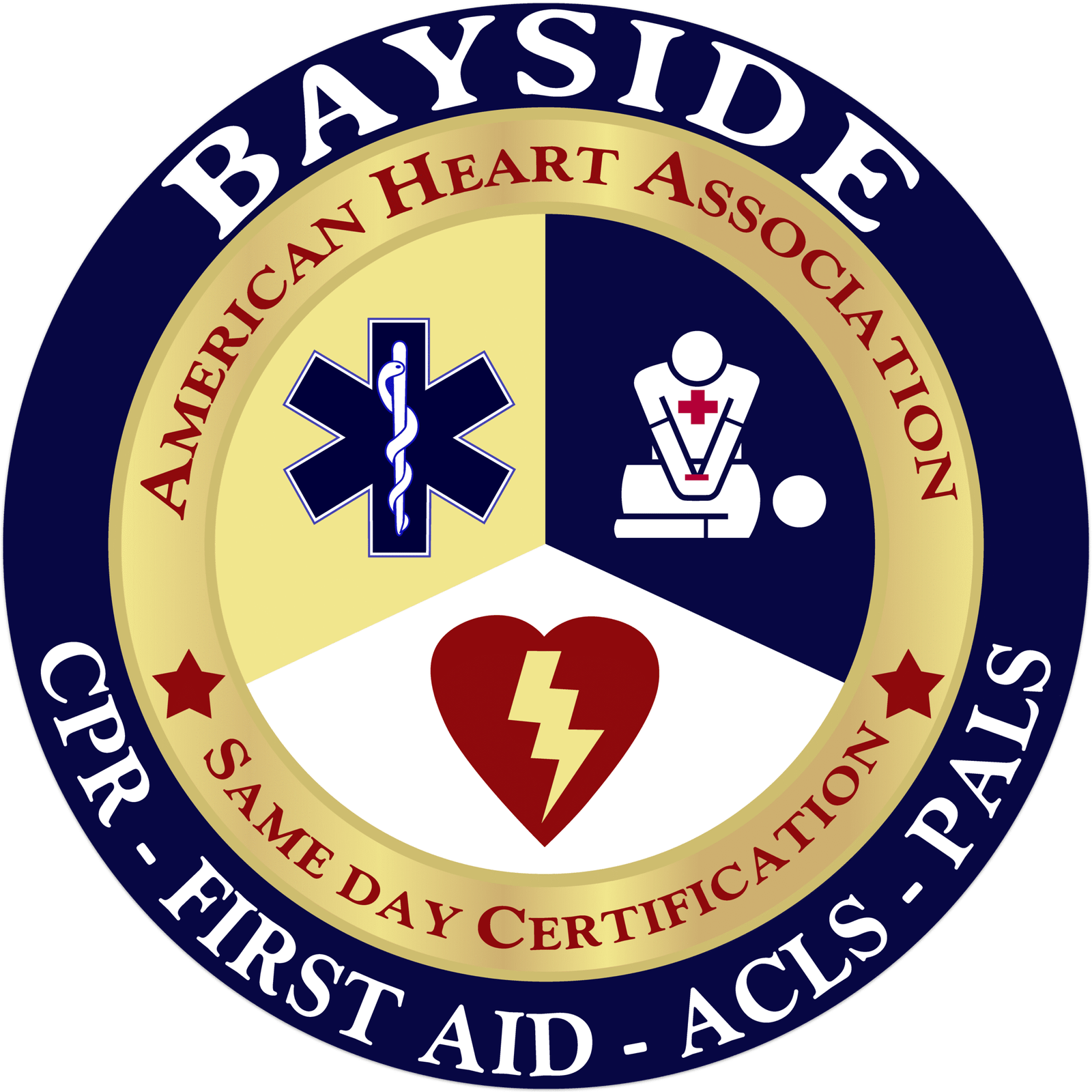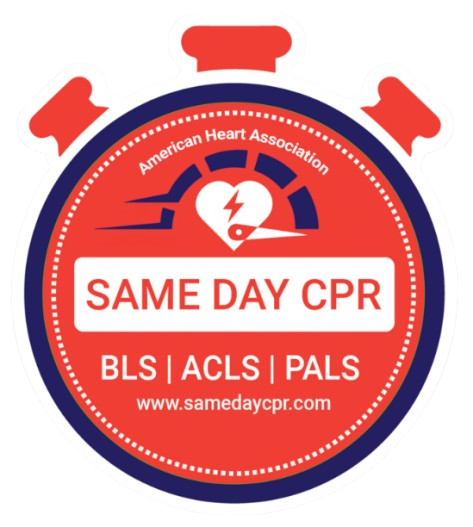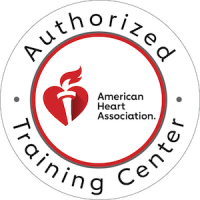
ACLS Tachycardia Algorithm
If you’ve ever found yourself facing a fast heartbeat on a monitor during an emergency, you know how important it is to act fast—but also smart. Tachycardia can quickly worsen, and knowing precisely what to do next can be the difference between stabilization and deterioration. That’s where the ACLS Tachycardia Algorithm comes into play, a step-by-step approach according to the American Heart Association (AHA) guidelines to guide your decisions when every second counts.
Whether you’re a nurse, EMT, paramedic, or physician, knowing this algorithm equips you to respond promptly, safely, and effectively when a patient presents with a high heart rate and a pulse. In this article, you will find a comprehensive, guided walkthrough of the Tachycardia ACLS Algorithm. We’ll also discuss essential medications, electrical therapy, and some common pitfalls to avoid.
Ready to take your emergency response skills to the next level? Let’s dive in.


By definition, tachycardia is a heart rate greater than 100 beats per minute. However, in ACLS, it’s not just a number; it’s a potentially life-threatening condition that requires immediate intervention if the patient is symptomatic. The ACLS Tachycardia Algorithm focuses only on managing tachycardias with a pulse, enabling you to recognize whether the rhythm is stable or unstable and make the appropriate intervention.
According to the study conducted by Gopinathannair and Olshansky, effective management of tachycardia is crucial, as persistently elevated heart rates can lead to tachycardia-mediated cardiomyopathy. Tachycardia is not just about treating a fast heart rate; it is about finding out what is causing it, whether the patient is in danger, and the correct use of either electrical or pharmacological intervention. The algorithm provides a transparent road map so you aren’t second-guessing when it matters the most.
Key Components You Should Know:
- Assessing stability (symptoms like hypotension or altered mental status)
- QRS complex width to guide treatment options
- Management of unstable patients with cardioversion
- Stable tachycardia medications
- Active monitoring and re-evaluation
Step-by-Step Overview of the ACLS Tachycardia Algorithm
Let’s break down the core of the algorithm step by step:
01.
Evaluate the patient
Are they experiencing symptoms like low blood pressure, chest pain, altered mental status, or signs of shock? If yes, they’re unstable.
02.
Is the QRS complex wide (>0.12 seconds)?
- -Narrow QRS: Likely supraventricular (SVT)
- Wide QRS: Could be ventricular tachycardia (VT) or SVT with aberrancy
03.
If Unstable → Synchronized Cardioversion
- Start immediate electrical therapy
- Sedate if time and resources allow
04.
If Stable → Determine Rhythm Type
- Narrow, regular: Try vagal maneuvers → Adenosine
- Wide, regular: Consider antiarrhythmics like Amiodarone or Procainamide
- Irregular or polymorphic VT: Do not give adenosine
05.
Prepare for potential deterioration
Have defibrillation and airway management supplies ready
06.
Identify and treat underlying causes
Use the Hs and Ts approach (Hypoxia, Hypovolemia, Tension Pneumothorax, etc.)
Treating Tachycardia
When you’re standing at the bedside, and a patient’s heart rate is racing, you always want to determine: Are they stable or unstable? That single choice establishes the tone for all that comes next. And it’s not just a clinical call — it’s a life-saving judgment.
Let’s start with the basics. Not every fast heart rate needs immediate emergency intervention, but some do. So, how do you distinguish between the two? Look closely for signs that the heart’s rapid rhythm affects the patient’s ability to maintain adequate circulation. These red flags scream “unstable”:
- Low blood pressure (hypotension)
- Shortness of breath
- Chest pain or tightness
- Change in mental status (confused, sleepy, or unresponsive)
- Symptoms of shock (cool, clammy skin, weak pulses, rapid breathing)
If any of those symptoms are present, you’re not just treating a number but a potentially crashing patient. That’s when you reach for the synchronized cardioversion button. For a detailed overview of how this lifesaving procedure is performed, its potential risks, and what to expect during recovery, see our comprehensive guide to synchronized cardioversion.
But if your patient is awake, has good blood pressure, and is not in distress, then congratulations—they are stable. This buys you some time so you can manage the rhythm more conservatively, often with medication and ongoing monitoring.
In simple terms:
Unstable = Electricity
Stable = Drugs + Watchful Monitoring
Synchronized Cardioversion: What It Is and When to Use It
So, you’ve identified an unstable patient. What now?
Synchronized cardioversion is your go-to move here. It’s a controlled electrical shock that’s timed (or “synced”) to the R-wave of the ECG to reset the heart’s rhythm without sending it into something worse, like ventricular fibrillation.
Here’s what you need to know about the energy levels:
- For narrow-complex, regular tachycardia (e.g., SVT): 50 to 100 joules
- For wide-complex, regular rhythms (such as VT with a pulse), use 100 joules
If the first shock doesn’t work? Don’t panic—increase the energy and try again.
If you deliver a shock unsynchronized, you can get into dangerous territory. And don’t forget sedation. If the patient is awake, being shocked is painful. If you have time and your patient is conscious, a quick sedative like midazolam can make it a more tolerable experience.
Supportive Measures to Never Skip
While preparing for cardioversion or starting medication, don’t overlook the simple but essential things:
- If the patient is hypoxic, administer supplemental oxygen. Even a small amount of extra oxygen can help stabilize the patient while you’re working.
- Continuous monitoring of rhythm and vitals with ECG and blood pressure cuffs. This allows you to pick up on any fast declines.
- Establish an IV line as soon as possible—it will be required for medications, fluids, or speedy sedation.
- Have a backup ready. That means airway equipment, a crash cart, and someone prepared to help if things go south.
Even if the situation seems under control, always prepare for escalation—because sometimes, it does.
ACLS Medications for Tachycardia
If your patient is stable, medications are the best shot you have at slowing or converting the rhythm. However, you must choose the right one based on what you see on the ECG.
Here’s a breakdown of the core ACLS drugs you should have on your radar:
|
Medication |
When to Use It |
Dosage |
|
Adenosine |
Regular narrow-complex SVT |
6 mg IV push → repeat with 12 mg |
|
Amiodarone |
Stable VT with a pulse |
150 mg IV over 10 minutes |
|
Procainamide |
Wide-complex tachycardia |
20–50 mg/min until controlled |
|
Sotalol |
Alternative for wide-complex VT |
1.5 mg/kg IV over 5 minutes |
A word of caution: Never administer adenosine if you’re not sure the rhythm is regular or if you are dealing with irregular wide-complex tachycardia (e.g., pre-excited atrial fibrillation). It can make things even worse — quickly.
Another tip: If you’re unsure whether the rhythm is ventricular or supraventricular in origin, treat it as if it were ventricular until proven otherwise. It’s the safer route.
Common Errors and Pitfalls in ACLS Tachycardia Treatment
Even experienced providers can make mistakes in high-stress cardiac emergencies. Here are the most common errors to avoid in ACLS management of tachycardia with a pulse:
- Delaying Cardioversion: If your patient starts to get unstable—low BP, chest pain, altered mental status—don’t hesitate. Skip meds and go straight to synchronized cardioversion—time matters.
- Not Syncing the Shock: Always check that your defibrillator is in sync mode. An unsynchronized shock on a beating heart can cause dangerous rhythms like V-fib.
- Misreading the Rhythm: Can’t tell if it’s wide-complex SVT or VT? If the patient is unstable, treat it as VT. It’s safer to assume the worst and act fast.
- Skipping the Basics: Do not ignore the fundamentals—IV access, oxygen, capnography, and clear communication within the team. These are make-or-break for outcomes.
- Bottom line: Regular practice and simulations help you avoid these pitfalls when it counts.
Conclusion
Knowing the Tachycardia ACLS Algorithm isn’t just about memorizing steps—it’s about staying calm, thinking fast, and taking the right action when every second matters. Real readiness comes from hands-on training, consistent practice, and staying updated with the latest American Heart Association (AHA) guidelines. If it has been a while since your last ACLS course, now’s the time to revisit and re-hone those crucial skills. Don’t wait for an emergency to discover you’re out of practice. Get ACLS certified with Bayside CPR and earn more than a certification — get the confidence to save a life.
Frequently Asked Questions
What is the first line treatment for unstable tachycardia ACLS?
The first-line treatment for unstable tachycardia in ACLS is synchronized cardioversion. This is used when the patient has a pulse but shows signs of instability like hypotension, altered mental status, or chest pain.
Do you give CPR for ventricular tachycardia?
CPR is only given for pulseless ventricular tachycardia (VT). If the patient has a pulse but is unstable, synchronized cardioversion is indicated instead of CPR.
How many beats of V-tach is significant?
Ventricular tachycardia is considered significant when there are three or more consecutive ventricular beats at a rate of over 100 beats per minute. It’s a serious rhythm that requires prompt assessment.
What are the ACLS protocols for ventricular tachycardia?
ACLS recommends antiarrhythmic drugs like amiodarone for stable VT with a pulse. Synchronized cardioversion is indicated for unstable VT with a pulse. If the VT is pulseless, follow the cardiac arrest algorithm with CPR and defibrillation.
How many joules for tachycardia ACLS?
For synchronized cardioversion of unstable tachycardia, the recommended energy dose typically starts at 50–100 joules for narrow complex and 100 joules or more for wide complex tachycardia, depending on the device and patient response.


